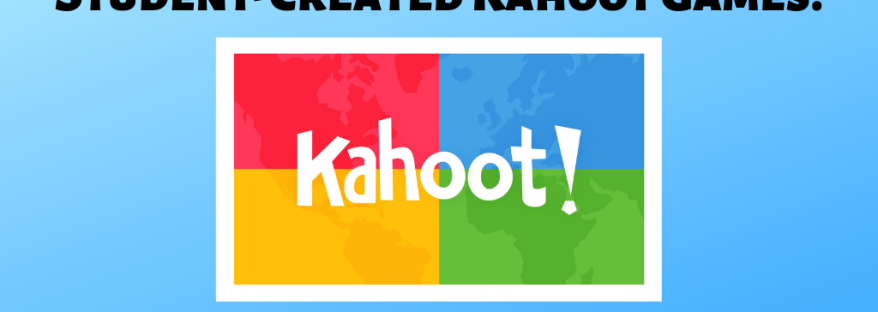Jamboard is the exciting new edtech tool craze, have you tried it yet? It’s like a cross between Google Slides and Padlet. It’s a great place to have students brainstorm, collaborate, and create. The Jamboard (product) is an interactive whiteboard and Jamboard (app) is a free digital whiteboard app.
Getting Started with Jamboard
To access Jamboard, head to your Google Drive > New > More > Google Jamboard. If you don’t see it, check with your school/district educational technology department–they may have to make it available for you.
The Google Teacher Center has some great getting started tips and lesson ideas. My friends Ro and Mo (The Tech Fairies!) shared 10 Google Jamboard Activities.
I’m going to share an awesome activity that has been a huge hit in teacher professional development and with my students: collaborative drawings in Jamboard!

How it Works:
This fun collaborative challenge is perfect for fully online or blended classes. The premise is simple: collaborate to draw a house.
This activity is very simple to set up:
- Make a copy of this Jamboard (view it here)
- Meet your learners and have a quick conversation about digital citizenship. We reminded students to be kind and to please please please avoid the clear frame button.
- Post the Jamboard to your students:
- Change the sharing settings to “anyone with the link can edit”
- Or, post the Jamboard as an assignment on Google Classroom as “students can edit”
- Sit back and watch the fun! (about 10 minutes is perfect)
- Download final image: 3 dots in the top right > Save frame as image
Protip: After you’re done, change the sharing settings back to view only to prevent any unwanted edits.
Have Fun!
The best part about teaching 100% online is that students had to rely on digital collaboration skills–some students added comments in our Google Meet chat while others added in sticky notes or writing directly on the Jamboard.

Enjoy this super fun activity! I’d love to hear how it goes!

 My friend Megan Rowen does an amazing getting-to-know-you activity with her students every year called the Community Quilt. Each student makes a square that represents their interests, hobbies, personality, family, and friends (
My friend Megan Rowen does an amazing getting-to-know-you activity with her students every year called the Community Quilt. Each student makes a square that represents their interests, hobbies, personality, family, and friends (














